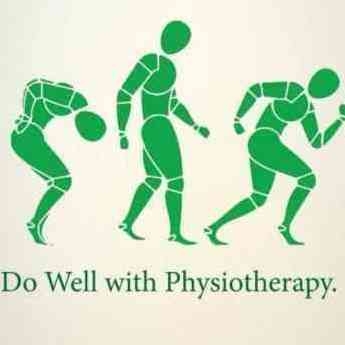+918042754929

This is your website preview.
Currently it only shows your basic business info. Start adding relevant business details such as description, images and products or services to gain your customers attention by using Boost 360 android app / iOS App / web portal.
Cervical nerve root compression, known as radiculopathy! compression of the nerve root is dependent on the effective space within the neural foramina and any structures surrounding the neural foramina. The nervous system's main functions are: 1. withstand tension 2. compressible 3. sliding movement Once a nerve is overcompressed, it first gets inflamed and swollen. Since it is a neurovascular bundle, the first structure within it that gets collapsed/damaged is a vein. This means that the overcompressed nerve may prevent venous return. Imagine that the arterial blood keeps flowing into the nerve but the venous blood return is blocked. Yes! the affected nerve may become swollen even bigger, resulting in ischemia. This can lead to nerve death. Once a nerve is over tensed, it also loses blood flow. How? it can stretch up to 20%. However, when it hits 8%, its blood flow starts getting blocked. Clearly, your nerves don't like over-tension/compression. What tests can be useful to diagnose cervical radiculopathy (compressive neuropathy)? 1. Cervical traction in supine 2. Cervical compression in sitting/supine 3. Spurling test 4. Restricted ROM of ipsilateral Cx rot/LF or ext 5. Neurological exams 6. Shoulder abduction for pain relief!!! 7. pain relief posture: Cx flex/contralateral LF/Rot Research shows that cervical extension consistently increases pressure at the site of the exiting nerve root. Pathophysiologic changes may be responsible for the pressure change such as foraminal stenosis, However, shoulder abduction actually decreases the pressure. There may be several plausible explanations. 1. It may increase the intervertebral foramen that frees the disc herniation as well as the exiting nerve root. 2. It may decrease the tension of the dural ligament. During shoulder abduction, the ligament gets relaxed and therefore decreased tension of the nerve root. Hold on! What is dural ligament? it attaches from the spinal cord to the dura mater. Its main function is to stabilize the spinal cord. 3. It may decrease the space between the coracoid process and the spine, so as to reduce the tension of the brachial plexus. What if the shoulder abduction position does not relieve the pressure/pain but increase the resultant symptoms? This can be TOS, caused by tight pec minor, decreased space between the clavicle and 1st rib or Tx rib (3/4/5th) dysfunction. Therefore, this shoulder abduction position can be added for the diagnosis of TOS and Cx radiculopathy.

 +918042754929
+918042754929